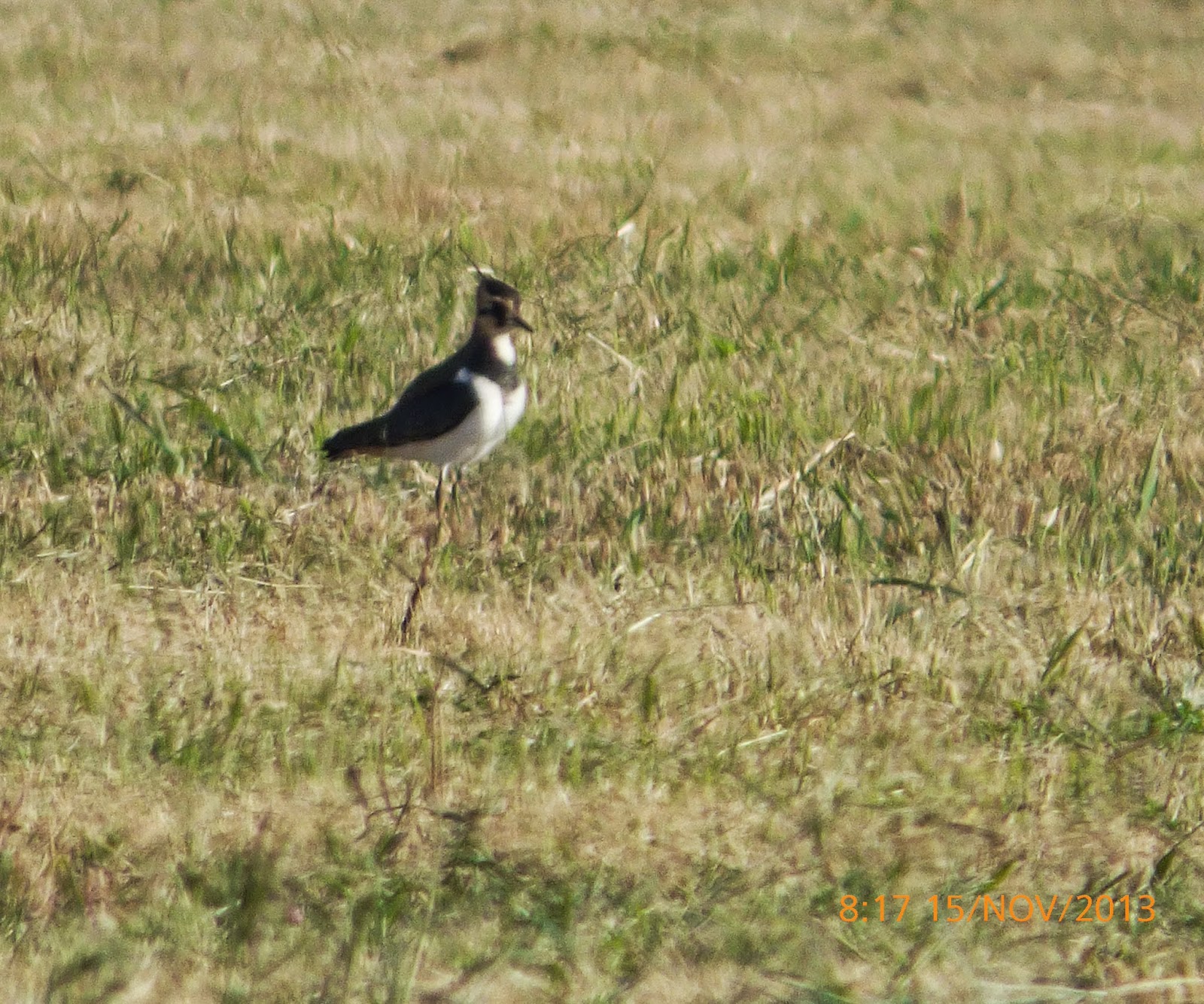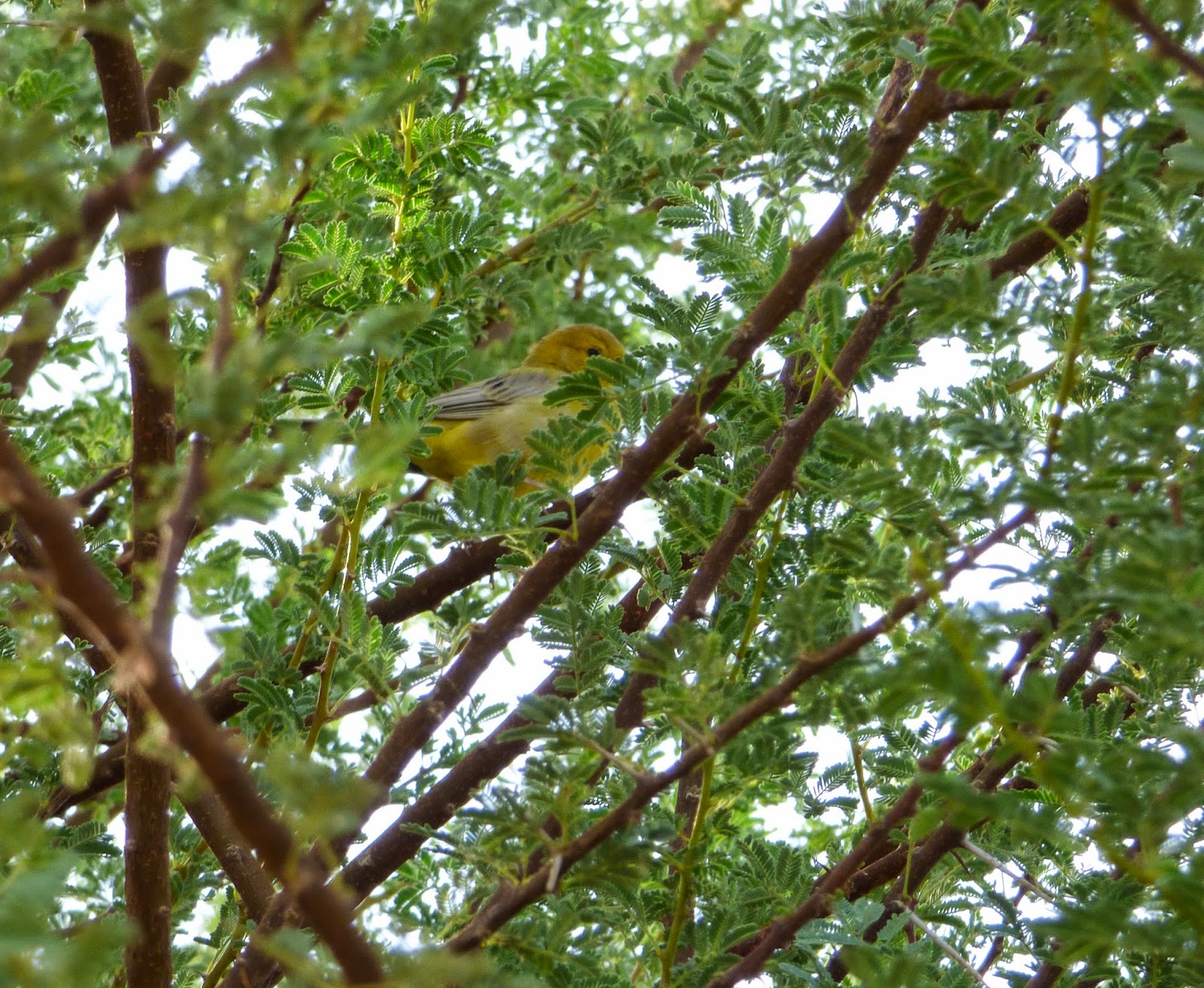All that said this is and always be fun for me and this mega report highlights why this is so, had one those days that was absolutely thrilling.
I arrived just after dawn and noticed that the farm workers were out in the middle fields taking in the hay they cut a week or so ago, however the lower field was still uncut and the sprinklers were on so there was the certainty that I was going to get very wet as the crop was shoulder high. The temperature was cool at around 15 C and sky was clear with a slight breeze.
One of the many highlights of the day was this;
 |
| pharaoh eagle-owl (Bubo ascalaphus) |
 |
| common kestrel (Falco tinnunculus) |
 |
| common kestrel (Falco tinnunculus) |
_edited.jpg) |
| common kestrel (Falco tinnunculus) |
And then a little further along the path this guy showed
 |
| osprey (Pandion haliaetus) |
A migrating Osprey visiting the centre of Saudi Arabia on its way south. We saw dozens of these in the Farasan Islands in June where the reside all year round, the species is split between those who migrate and those who don't. In addition to these there were the Marsh Harriers which are resident in the area. They tended to stay out over the reeds to the south while this lot were in the fields.
Then there were the flocks which were amazing. The uncut field had a small flock of Cattle Egret which I think were there to try to feed in the spray from the sprinklers.
 |
| cattle egret (Bubulcus ibis) |
However, as I mentioned above the crop was almost shoulder high so getting in and out for a large bird would have been very difficult. They moved off shortly after I took this.
 |
| cattle egret (Bubulcus ibis) |
Further along in a fields where the crop was much lower they found conditions more to their liking and here they congregated
I counted 220 of them at this spot but there may have been more. Meanwhile in an adjacent fields we had another migrant species which we see every year but I'm not so sure we have seen this many in a while;
 |
| northern lapwing (Vanellus vanellus) |
The Northern Lapwing passes this way every year on the way south and I had great pleasure in watching them around this time last year. However this year the flock were large, I counted about 135 but I am certain there were more as I did not get to photograph the entire flock
 |
| house sparrow (Passer domesticus) |
The common House Sparrow congregates in fairly large flocks in the evening with favorite trees holding several hundred birds. The noise from these roosts is incredible, wonder what they are all saying?
 |
| streaked weaver (Ploceus manyar) |
Which, as we saw in one of my previous blogs, can gather in very large numbers indeed.
 |
| rock pigeon (Columba livia) |
The common pigeon was also very common around the fields today but in the ploughed field in the centre away from the raptors and weavers at one end and the Lapwing and Egrets at the other.
Yet another which can be seen in large numbers is the Indian Silverbill, though of late I have only seen them in groups of 5 to 10 birds.
 |
| Indian silverbill (Lonchura malabarica) |
One bird I have not seen in large numbers in the area up till now are the Common Myna, but today I came across a bush with 15 of them in a group. This was impressive but nothing to the number I will report in my next blog from a few kilometers up river.
 |
| common myna (Acridotheres tristis) |
Another very common resident which always keeps me company on my solo walks is the White Cheeked Bulbul, again not a species to flock a lot but again, a future blog will highlight they certainly do at times.
 |
| White Cheeked bulbul (Aves Tennantus) |
And so to the others:-
A pair of Hoopoe could be seen in the third field feeding at the roadside, they were not overly keen to be photographed but in the end I managed to grab a shot.
 |
| hoopoe (Upupa epops) |
 |
| crested lark (Galerida cristata) |
Also hanging about in the bushes at the edge of the field was a pair of Black Scrub Robin, a very handsome bird that has a very self assured pose for the camera, even if they did not hang about too long. I suppose with so many raptors about that might have been prudent.
 |
| black scrub-robin (Cercotrichas podobe) |
Another little guy who is not at all camera shy is the European Stonechat who quite happily sat for photos for a few moments. As with all divas though once they have had enough that was it, was gone :)
 |
| European stonechat (Saxicola rubicola) |
One little thing that was not at all keen to be photographed was the Arabian Golden Sparrow, a real beauty but difficult to see out in the open as it is their habit to stay relatively deep in the bushes. helm field guides shows this bird as exclusive to the south west of the country but they have been here for quite some time too although never seen in large numbers.
 |
| Arabian golden sparrow (Passer euchlorus) |
Another welcome visitor to the area is the Bluethroat which will be about for a little while before moving on to sunnier climes. This is the first of these guys I have seen this season which is strange as last year there were quite a lot.
 |
| bluethroat (Luscinia svecica) |
 |
| grey heron (Ardea cinerea) |
Also present in small numbers (5) were the smaller Squacco Heron which, for once, let me get quite close to get some nice photos.
 |
| squacco heron (Ardeola ralloides) |
 |
| white-throated kingfisher (Halcyon smyrnensis) |
 |
| common kingfisher (Alcedo atthis) |
 |
| green bee-eater (Merops orientalis) |
 |
| laughing dove (Spilopelia senegalensis) |
The White Wagtails have arrived in earnest now with a dozen or more seen along the length of the walk. I think all of the Yellows and Greys have moved on now and to be honest were in very small numbers here this year from I have seen.
 |
| white wagtail (Motacilla alba) |
 |
| spotted flycatcher (Muscicapa striata) |
The Shrikes were out in force today with some interesting visitors included in the mix.
The Daurian Shrike is a regular around these parts and can be seen on most days
 |
| Daurian shrike (Lanius isabellinus) |
However this one was a little different, I don't think I have seen the Southern Grey Shrike here before but then I am a relative blow in here in birding terms so it may be fairly common. Helm Guides does have it as breeding in this region
 |
| southern grey shrike (Lanius meridionalis) |
 |
| isabelline wheatear (Oenanthe isabellina) |
 |
| bluethroat (Luscinia svecica) |
Then I had yet another go at photographing Barn Swallow in flight. I'm saying nothing, but I think its a slight improvement??? No? Ok you win :)
_edited.jpg) |
| barn swallow (Hirundo rustica) |
I can honestly say I have never had a disappointing days birding in Saudi Arabia, but today is one of the best ever, a cracking day out, I hope you agree.
Species
|
Count
|
Species
|
Count
|
Pharaoh Eagle Owl
|
1
|
White Cheeked
Bulbul
|
12
|
Common Kestrel
|
8
|
Hoopoe
|
2
|
Osprey
|
1
|
Crested Lark
|
2
|
Cattle Egret
|
220
|
Black Scrub Robin
|
2
|
Northern Lapwing
|
135
|
European Stonechat
|
1
|
House Sparrow
|
35
|
Arabian Golden
Sparrow
|
4
|
Streaked Weaver
|
30
|
Blue Throat
|
1
|
Rock Pigeon
|
25
|
Grey Heron
|
1
|
Indian Silverbill
|
18
|
Squacco Heron
|
5
|
Common Myna
|
15
|
White Throated
Kingfisher
|
4
|
Little Green Bee
Eater
|
6
|
Common Kingfisher
|
1
|
Laughing Dove
|
25
|
White Wagtail
|
5
|
Spotted Flycatcher
|
1
|
Daurian Shrike
|
4
|
Southern Grey
Shrike
|
1
|
Isabelline Wheatear
|
2
|
Barn Swallow
|
15
|

.jpg)

No comments:
Post a Comment